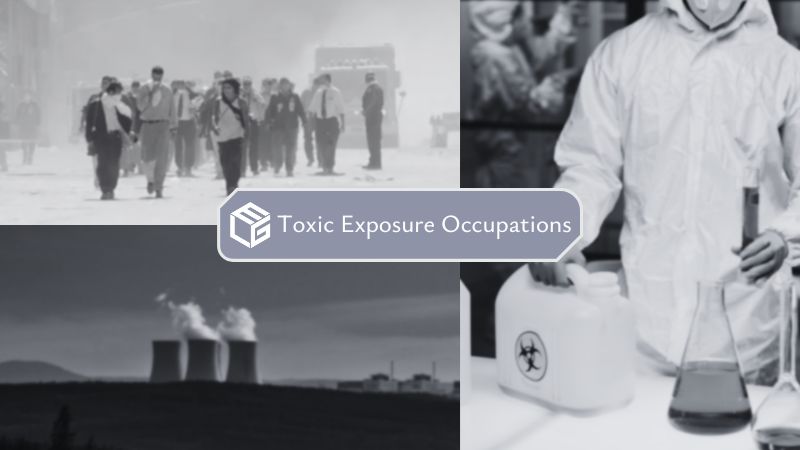-
About »
- Insulin MDL
-
Cases »
- Diseases
- Testimonials
- Government
- Contact
- Get Help Now
-

The World Trade Center collapse exposed firefighters to unprecedented levels of toxins, which continues to threaten their health decades later. Despite being surrounded by toxic air on September 11, 2001, these brave first responders risked their lives to perform rescue operations. There was no comparison between the intensity of exposure firefighters experienced at Ground Zero and that encountered in typical firefighting operations. As a result of the collapse and the hours that followed, the highest concentrations of carcinogens and hazardous materials were inhaled by those who arrived during the initial hours after the incidence.
The collapse of the twin towers released asbestos, pulverized concrete, heavy metals, silica, and more than 70 other toxic substances. Firefighters spent months conducting rescue and recovery operations at Ground Zero. Their exposure to hazardous chemicals led to life-threatening illnesses years later, unaware that they had been exposed to them without adequate respiratory protection.
Firefighters faced particular dangers during rescue and recovery operations:
A comprehensive study of 10,786 WTC-exposed FDNY firefighters documented 915 cancer cases, revealing a 13 percent higher overall cancer incidence compared to non-exposed peers. Firefighters with high exposure are nearly three times more likely to suffer from lung cancer.
Prostate cancer risk is approximately 39 percent higher in WTC-exposed firefighters, while thyroid cancer shows more than double the risk. WTC-exposed firefighters tend to develop cancer at younger ages, with a median age at diagnosis of approximately 55.6 years compared to 59.4 years in non-exposed firefighters.
Respiratory diseases remain common, including obstructive airway disease and asthma. Symptoms such as chronic coughing, wheezing, and shortness of breath often persist for years. To date, 1,469 World Trade Center Health Program members have died from airway and digestive disorders, whereas 1,366 have passed away from cancer.
Firefighters diagnosed with qualifying health conditions after the 9/11 exposure are entitled to pursue compensation through the 9/11 Victim Compensation Fund. Our legal team at ELG Law has decades of experience handling toxic exposure cases, so we understand the unique challenges 9/11 first responders face. In order to evaluate your case, we will review documentation of your presence at Ground Zero as well as your medical diagnosis. You can expect our attorneys to work diligently to establish a connection between your service and your health condition, helping you through each step of the process to ensure that you receive the financial support you are entitled to. To qualify for compensation from the 9/11 Victim Compensation Fund, you must have been present at a 9/11 crash site or in the New York City exposure zone between September 11, 2001, and May 30, 2002.
You must also be suffering from injuries, illnesses, or conditions in the following categories: